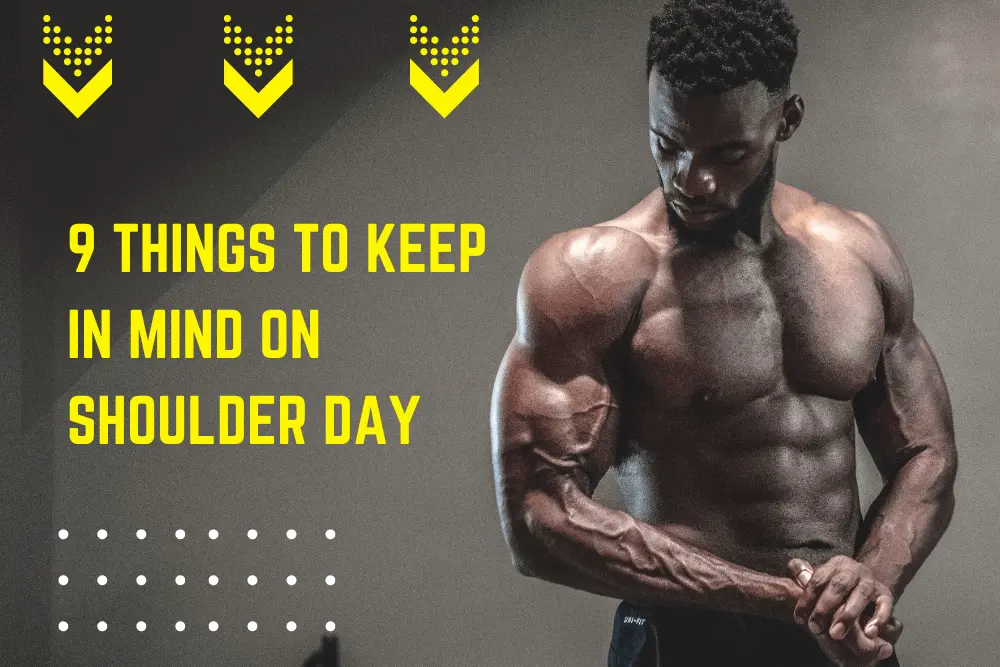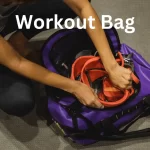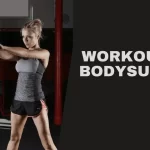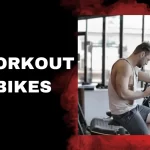Are you looking for ways to grow your shoulders and give them that rounded look without causing yourself any unwanted injuries? Take a look at some of the following pointers to guide you through your shoulder workouts this shoulder day.
With some of the other body parts, people can get away with using the poor form without inflicting any damage. However, you should never take a chance on the shoulders. Your rotator cuffs can quite easily be injured which is why you want to be aware of how you’re performing certain shoulder exercises.
Take a look at the list below of some of the things that people tend to do when training shoulders. Find out why you should be doing these shoulder movements in a slightly different way to ensure maximum muscle growth and no injuries.
1. Overhead Presses Don’t Proportionally Work The Deltoids
A lot of people choose the overhead press as their first exercise assuming that it works all three heads of the deltoids equally. Whereas in reality, a standard dumbbell/barbell press from the front is going to be focusing much more on the front deltoid whilst involving some of the medial and very little of the rear deltoids.
If you were to perform a behind-the-neck press, however, most of the tension would be placed onto the rear deltoids. It would involve some of the medial and front deltoid too but the main focus has been switched due to the angle that you are pressing the weight from.
The positioning of the elbow is also quite crucial. Think about a barbell press from the front. Your elbows are positioned a little more in front of your body instead of being out to the side which means that the front head of the shoulder is taking most of the weight.
Shoulder presses really are a great starting exercise as it’s the exercise that allows you to get the most load on the muscles. Just keep some of the things above in mind when you next train shoulders. Another important thing to consider is the fact that just because the side deltoid is stimulated during the pressing movements, this doesn’t mean that it’s going to grow as much as you would like it to. You would need to focus your attention on side raises with cables and dumbbells if you really want to develop the outer head of the shoulder.
2. Spine Position Is Crucial For Overhead Presses
Lifting heavy weights overhead is clearly quite a dangerous position to be putting your body into so you need to ensure that you leave your ego at the door. Saying that I’m sure many of you have heard before but it’s true is certain situations. If the weight is too heavy for your shoulders to handle, the stress will be put onto other areas of your body. Let’s take a look at the seated dumbbell press, for example. Often times you’ll see that people’s lower backs are curved too much. This brings your chest up to an angle as though you’re doing a heavily inclined chest press and your lower back is put into a compromised position where it’s prone to injury. Especially if the weights are heavy.
Keep your spine as straight against the bench as possible. There can be a small curve but try to minimize the distance between your lower back and the bench. This way you’ll have more support provided that your core is tight.
When it comes to the standing overhead presses, you obviously don’t have any support to lean back on so more of a curve in the lower back is necessary. But don’t ever exaggerate this too much and it’s even more important here to brace yourself and keep your midsection tight.
3. Keep Behind-the-Neck Presses Light
Using heavy weights is a method of overloading the muscle which is a way to stimulate new muscle growth. However, you need to be aware of what exercises you try to load the muscle with. Your best bet is a standard military press (seated or standing) as those are the ones that keep your shoulders in a relatively safe position. But when it comes to the behind-the-neck presses, you need to keep the weight much lighter. This is because you’re bringing the bar down behind your head which puts your rotator cuffs in a vulnerable position.
A shoulder injury can put you out of action for quite some time as it affects your chest movements as well. In fact, depending on the damage to the rotator cuff, it can even make back exercises difficult.
4. Grip Placement For Upright Rows For Maximum Shoulder Gains
The side deltoids are one of the main muscle groups activated when doing upright rows but many people seem to use a very close grip on the bar. Try a moderate grip and you will notice that the movement seems to become a lot more natural.
A close grip pushes your elbow forwards and out which means less stress is being taken by the medial deltoid. A slightly wider grip ensures that the elbows come up and to the sides instead of being forced forwards which doesn’t put the deltoids in a healthy position.
5. The Bigger The Range Of Motion The Better
If you are not using a full range of motion when you’re training, you are cutting yourself short of making muscle gains. This is especially the case when it comes to some of the isolation exercises. Side and front lateral raises tend to be the main ones where people stop the weight from going up to its position of a peak contraction. This doesn’t necessarily mean that you have to bring the weights past shoulder height. Although some experts have said this can be beneficial, it just means trying to increase how far you bring the weight up compared to what you might usually do.
However, you will find that this makes the exercise much more difficult. You may have to lighten the weight a little but just know that you’ll be placing a lot more stress on the deltoids by increasing the range of motion and decreasing the weights slightly.
6. Maintaining Elbow Position On Isolation Exercises
With the isolation exercises that we mentioned above, it’s important to maintain your elbow position throughout the whole movement. Make sure the elbow joint is bent a little and they shouldn’t move from this position during any point of the exercise.
This prevents other muscle groups, such as the bicep, from getting involved as that would go against what you were trying to do which was isolating a single muscle group. If you find it difficult to maintain this elbow position, you are likely going too heavy, so lighten the load a little and the movement will feel a lot better.
7. Don’t Neglect The Rear Deltoids
Many people leave their rear deltoids until the end of their workout. This means that you’re not putting as much energy into them and the majority of your focus is going to the front and side deltoids. This could lead to some noticeable imbalances down the road.
Your front and side deltoids would also be much stronger in comparison to the rear deltoids which increases the chances of a rotator cuff injury. Try to switch it up sometimes and hit your rear deltoids at the start or halfway through a workout rather than always leaving them for the end.
However, this may not be an issue for you as your shoulders may be developed pretty well as a whole, in which case, change up the order of exercises each workout to keep things fresh.
8. Rotator Cuff Exercises Are Key
Pay attention to rotator cuff exercises. Despite the fact that they aren’t fun in any way, you need to be doing them at the beginning of every single shoulder workout. In fact, you should also practice them on your chest days as the rotator cuff is heavily involved with chest exercises as well.
Rotator cuff problems should be avoided at all costs. They can lead to months of you not being able to train as hard as usual meaning that your overall progress slows right down. Make sure that you get yourself into the habit of training your rotator cuffs so that you stick to it and later down the road you will definitely appreciate it once you see you haven’t had any major shoulder issues.
9. Leave A Gap In Between Your Chest And Shoulder Days
When training the chest, the front deltoids become activated during a lot of the pressing movements. You can’t prevent this but what you can do is minimize it by improving your mind-muscle connection with your chastenest, but that’s a whole different topic.
Your front deltoids tend to get quite a bit of stimulation when training your chest. Specifically, during the pressing exercises but after a while, this shouldn’t be too much of an issue as you should always be looking to improve your mind-to-muscle connection. The amount of shoulder activation should be kept to a minimum. However, you can’t completely take it out of the equation when doing pressing movements for the chest.
Therefore you want to leave at least two days in between training chest and shoulders unless you’re training them on the same day. If you trained your chest on Tuesday, for example, then shoulders on a Wednesday, your shoulder workout isn’t going to be as effective as the front deltoids may not be as strong due to them being stimulated the day before with chest. I hope you liked my post about the shoulder day special. Please do tell me your experience in the comments box.










